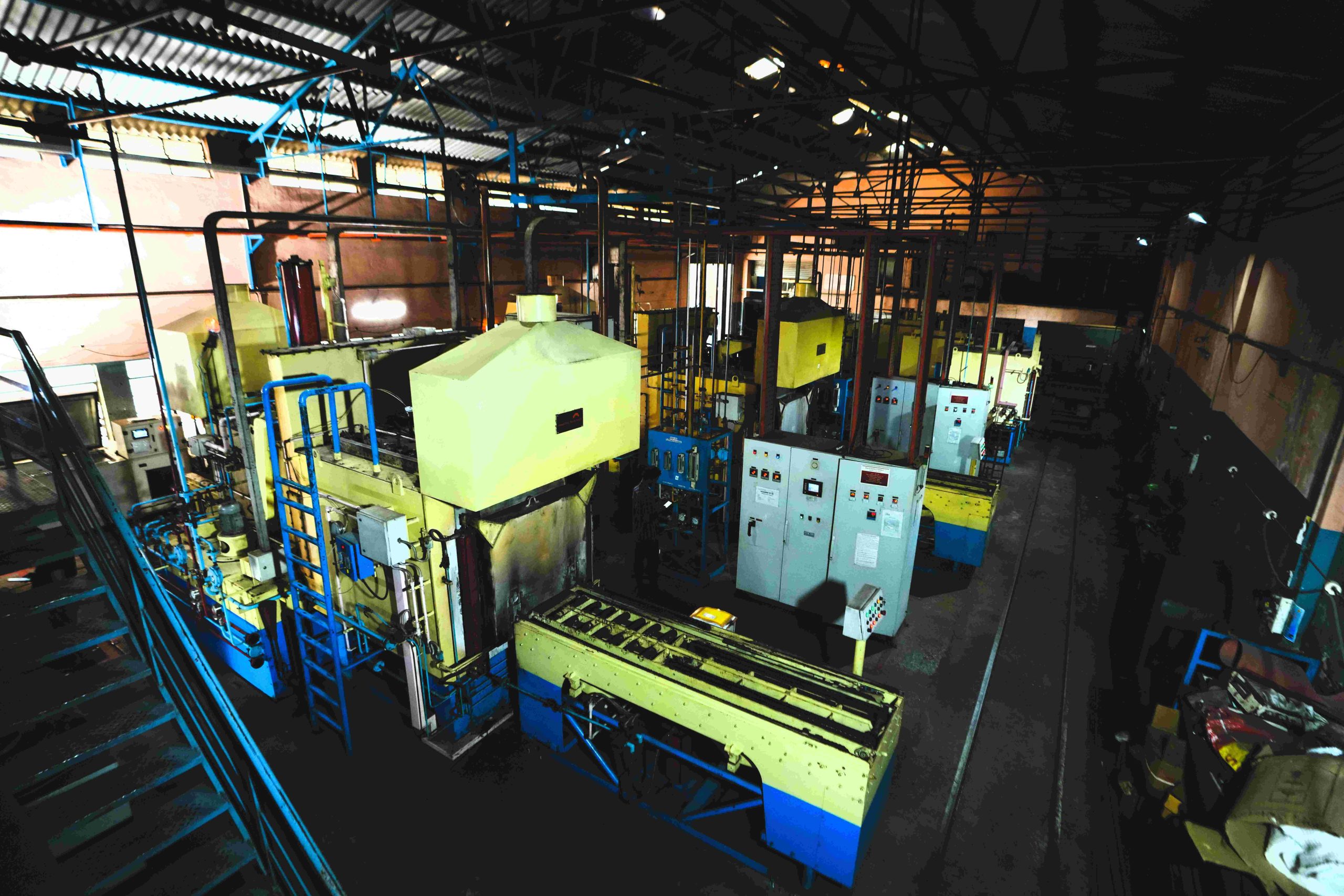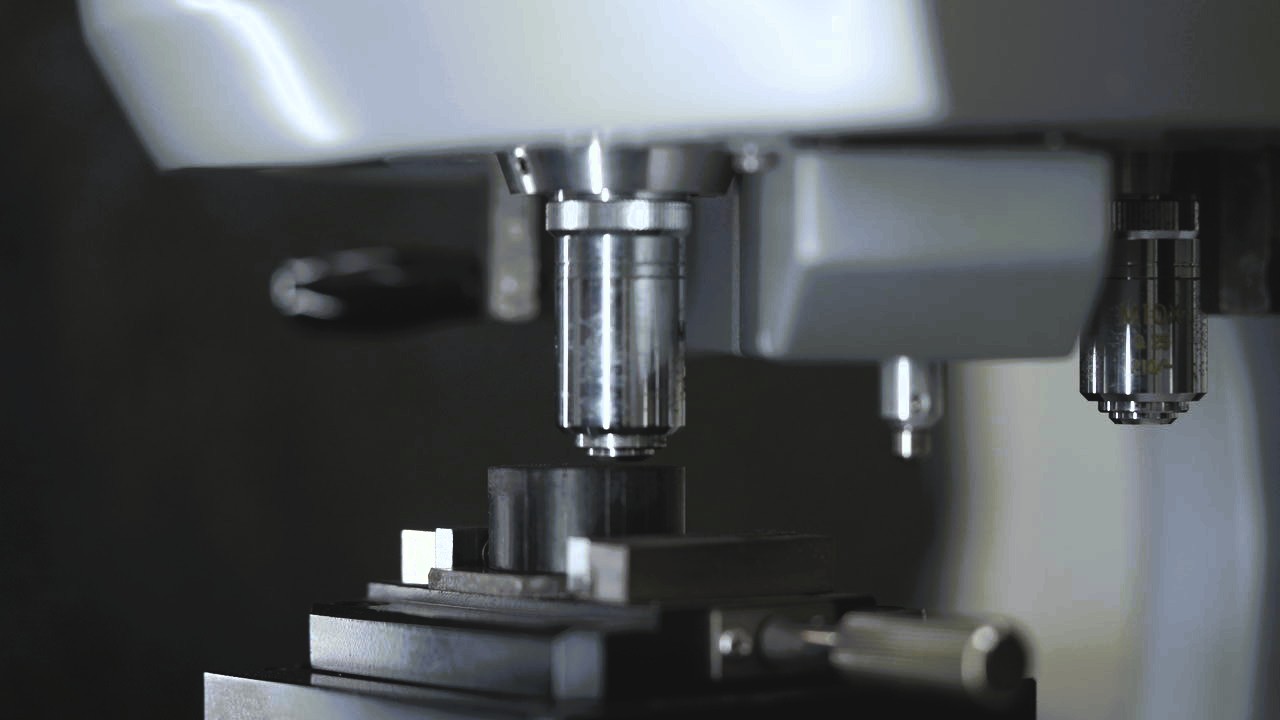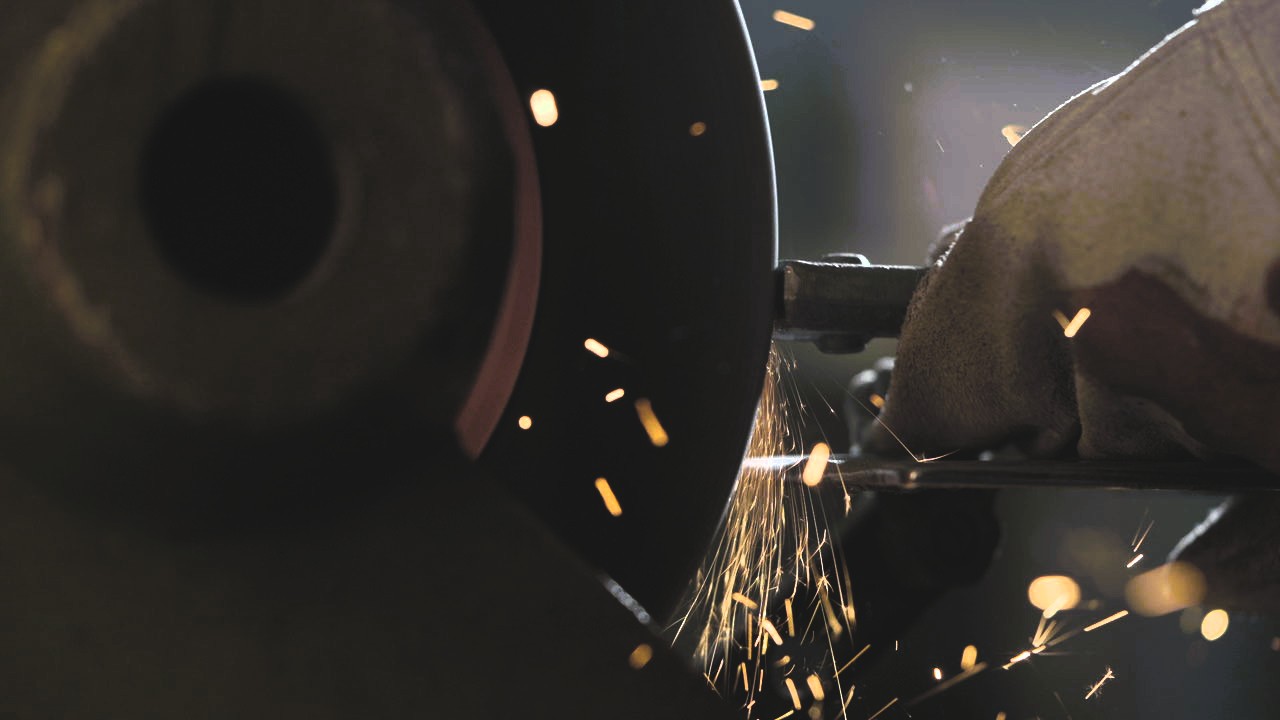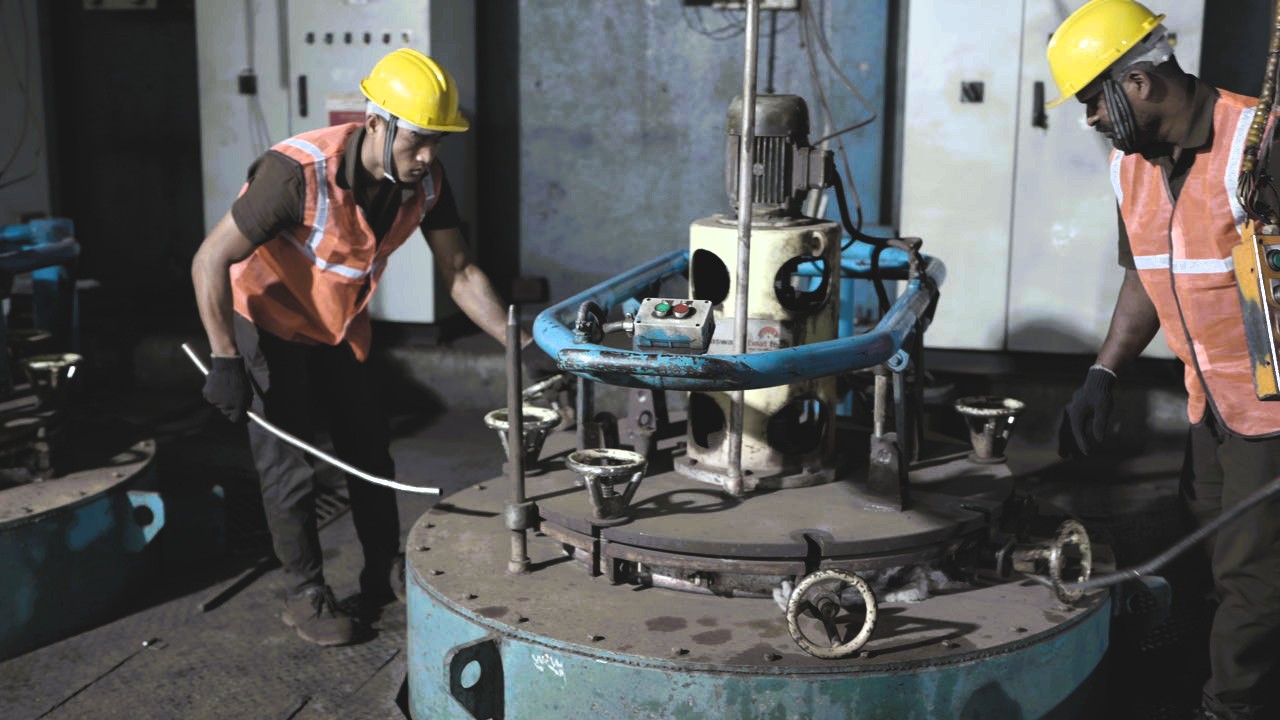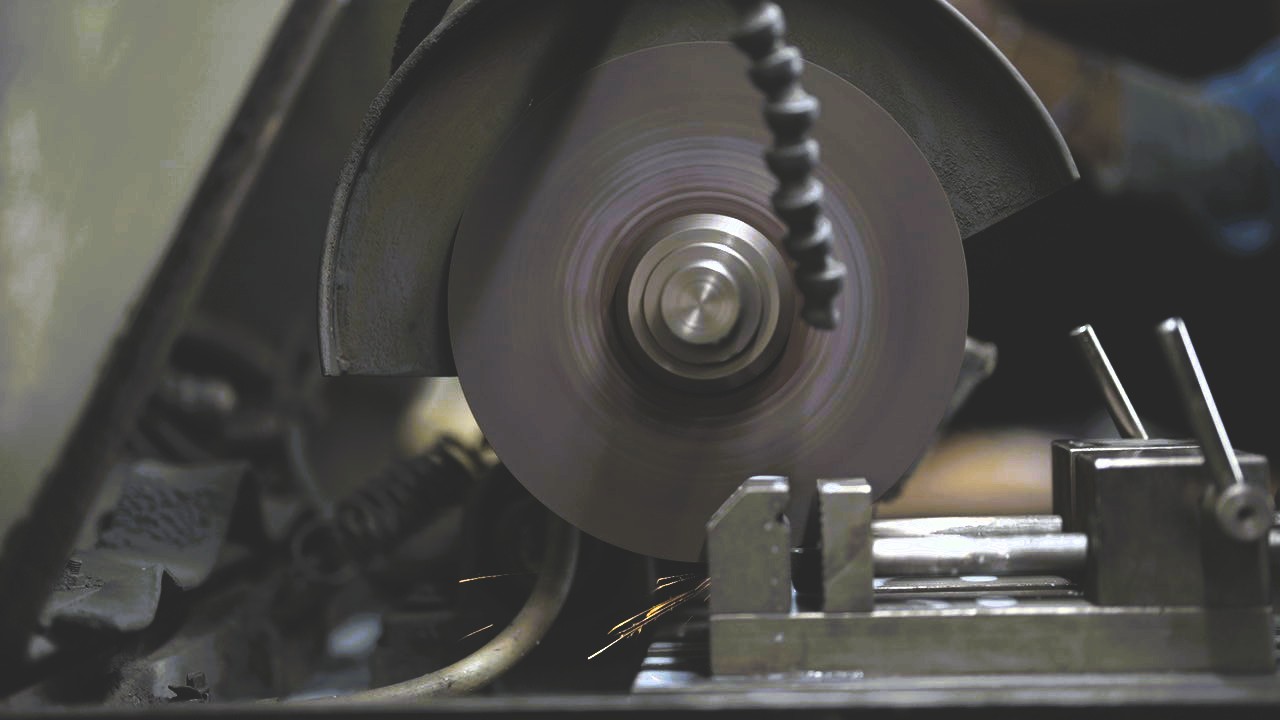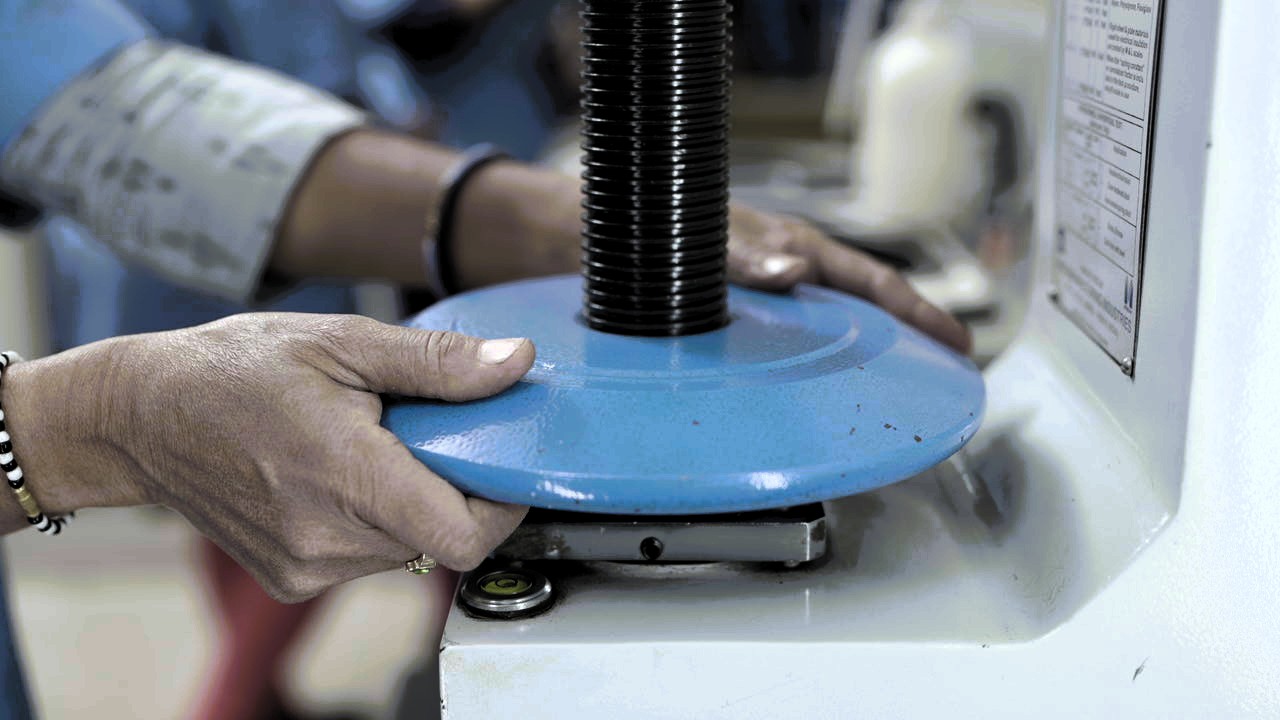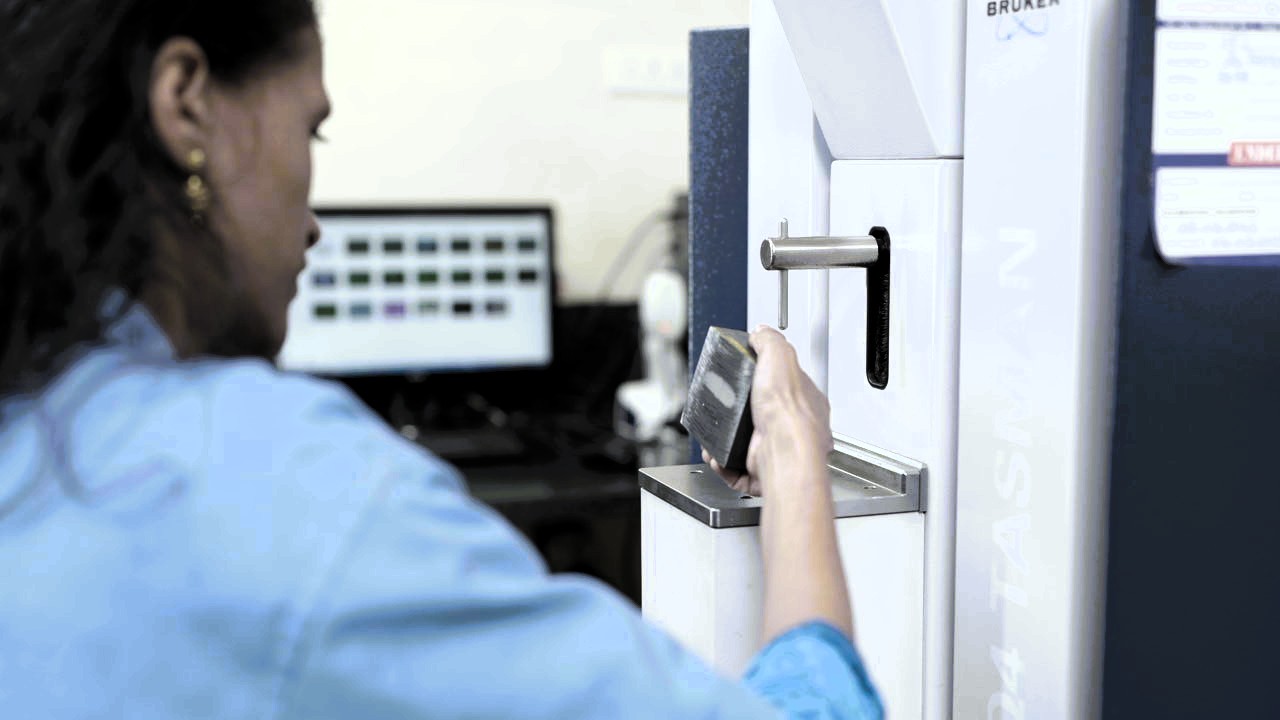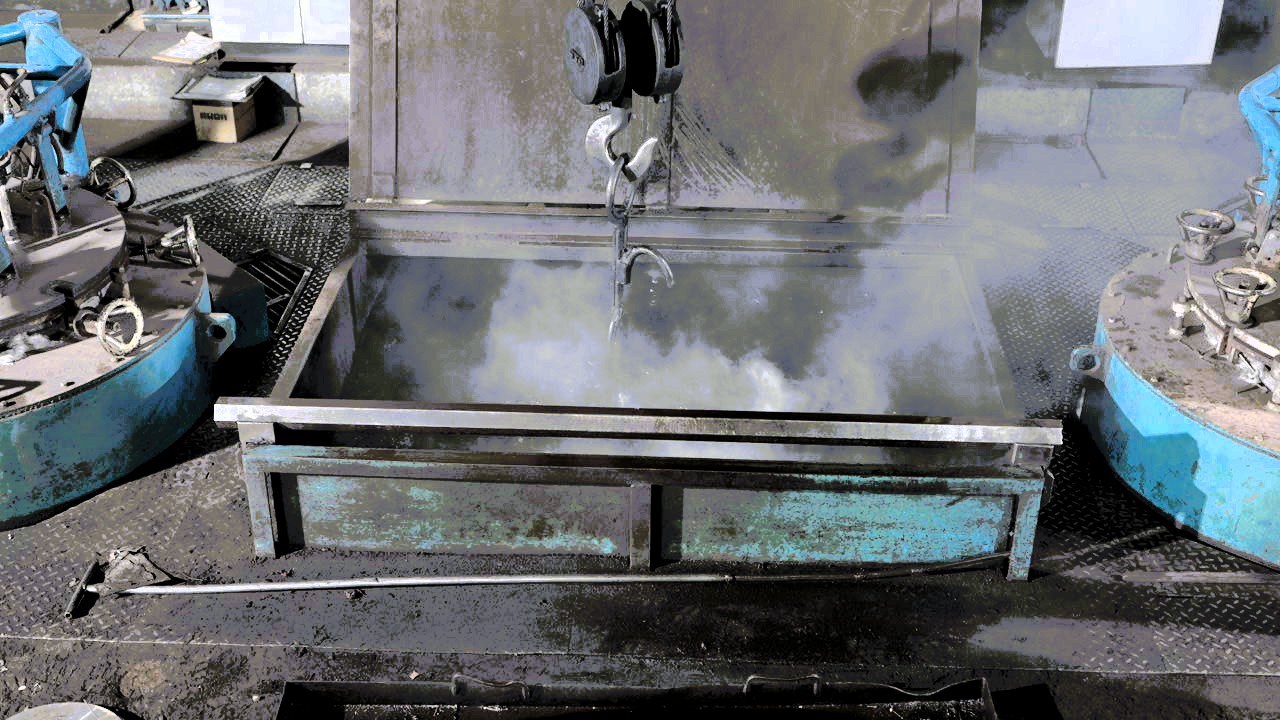SS heat treaters
Overview

SS Heat Treaters started in 2010 with 3 Pit Furnaces and Raw Material Stock Yard and 200 Diameter Cutting Machine Capacity. Gas Nitrating with a Furnaces capacity of One Ton and Height of 1500mm, Diameter up to 700mm.
Sealed Quenching
At SS Heat Treaters in Bengaluru, we offer state-of-the-art sealed quenching services, a highly controlled heat treatment process designed to deliver superior metallurgical properties without the common drawbacks of traditional open-air quenching. This process is ideal for components that require precise hardness, uniform case depth, and a pristine surface finish, free from oxidation, decarburization, or scaling. By utilizing a sealed, oxygen-free environment, we ensure the integrity and aesthetic quality of your most critical parts.
The sealed quenching process is performed in a specialized furnace where the atmosphere is meticulously controlled. The key steps include:
- Controlled Heating: Components are loaded into a sealed furnace chamber. An inert or controlled atmosphere, often an endothermic gas, is introduced to prevent any reaction with the metal’s surface.
- Soaking: The parts are heated to a specific austenitizing temperature and held for a set duration, ensuring uniform heat penetration and microstructure transformation.
- Quenching: The components are then rapidly transferred to a separate, sealed quenching chamber. The quench media, typically oil or polymer, is maintained at a controlled temperature and agitated to achieve a consistent cooling rate.
- Tempering (Post-Quench): After quenching, parts are tempered to relieve internal stresses and achieve the final desired hardness and toughness.
Key Advantages of Sealed Quenching
Our sealed quenching process offers significant benefits over traditional heat treatment methods:
Pristine Surface Finish: The controlled atmosphere eliminates oxidation and scaling, resulting in components that require little to no post-treatment cleaning or finishing.
Prevented Decarburization: The process prevents the loss of carbon from the surface of the steel, preserving surface hardness and wear resistance.
Uniform Hardness: The precise control over both heating and quenching stages ensures a consistent and uniform hardness profile throughout the component’s cross-section.
Minimal Distortion: The controlled and uniform quenching reduces thermal shock, leading to less distortion and better dimensional stability of the final product.
Enhanced Reliability: By eliminating surface defects and ensuring consistent material properties, sealed quenching enhances the overall fatigue life and reliability of components.
Applications & Industries Served
Sealed quenching is a critical process for high-performance components in various industries:
Automotive: Gears, shafts, transmission parts, and bearings.
Aerospace: Critical engine components and landing gear parts.
Tool & Die: Molds, precision tooling, and cutting implements.
Heavy Machinery: High-stress pins, bushings, and fasteners.
Medical: Surgical tools and device components.
Optimizing Hardness & Integrity, Advanced Sealed Quenching for Critical Components

